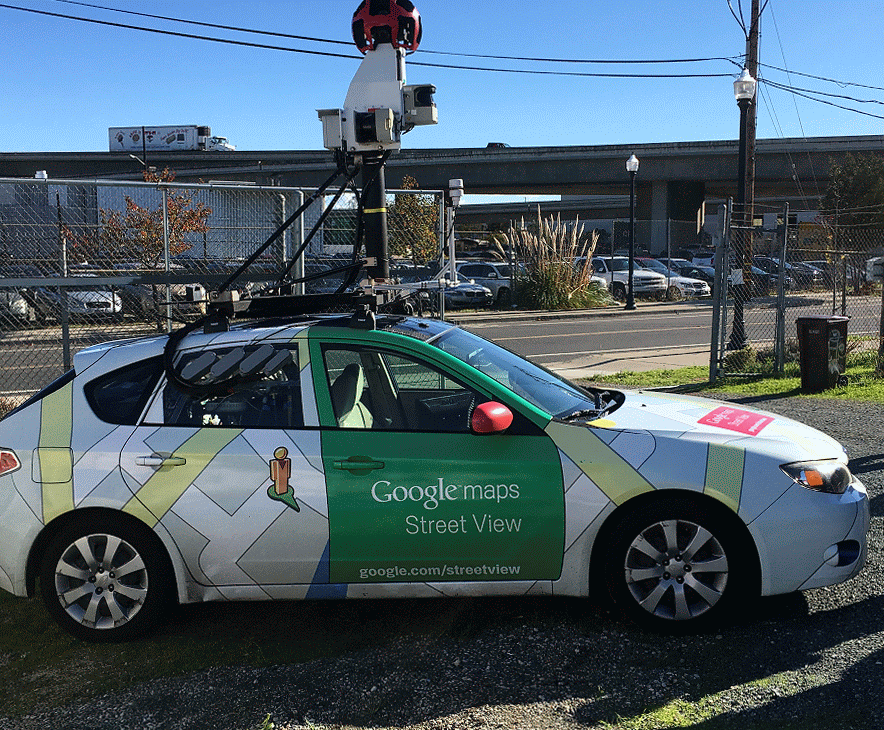Even if methane is more than EPA scientists have detected using all of the technology available to the government (as opposed to a sensor on a Google street view car), it is not a critical problem. CO2 is the culprit we've all been mobilized to tackle, it lasts for a thousand years, and those emissions have gone down. CO2 has been tackled so well that President Trump was criticized by activists for abandoning the Obama administration's Clean Power Plan while knowing it was a political move that his base liked and didn't hurt the environment at all. By 2017, the private sector had already reduced energy emissions to what the CPP would've mandated in 2025. It would have been like banning trans fats once no non-exempted product used them anyway (which happened - no one but donuts, pie crusts, and fast food still used them, and they were all exempted.)
Maybe that is the problem for Environmental Defense Fund and others who have used CO2 evangelizing as a cash cow and need something to replace it. Turning on natural gas makes perfect sense in that light, as long as we ignore that until it became viable, and therefore popular, environmentalists had promoted methane over coal and nuclear.
To make natural gas sound scary, they have to reframe physics to make methane seem more devastating than it is. They do so by conflating absolute and relative values. Though methane is a literal drop in the bucket of concern about accelerating climate change environmentalists can make it sound more meaningful by claiming it is 8 times greater than scientists show - they just have to ignore their result is from a common, uncalibrated sensor on a Google car. Eight times very little impact is still very little, the same way you won't feel better about your one in a billion chance of winning the lottery if you buy 8 tickets.
They also flat out deny science. Methane does have a greater "warming effect" than CO2 but it is still negligible because it disappears so quickly yet Environmental Defense Fund environmentalist Joe Rudek, Ph.D. (who claims expertise in atmospheric science because he is an adjunct in the earth science department at North Carolina State University) states "In a 20-year timeframe, methane's global warming potential is 84 times that of carbon dioxide."
It is absolutely dishonest to trot out a figure of 20 years when that is twice as long as methane actually lasts.
It only gets worse from there. The methodology they used is really bizarre. Their data are from a Google Street View car equipped with a methane sensor which was driven around 7 ammonia fertilizer plants (to be more environmentally conscious a lot of industry switched from coal to natural gas) in a period from late 2015 and to mid 2016 using factory settings. The sensors were never calibrated. I can't even be convicted of a speeding ticket using equipment that was never calibrated but the authors not only do it, they do it and claim all EPA experts are wrong but a guy with a degree in digital signal processing who is paid to promote wind energy is smarter than atmospheric scientists about what is really happening.

GIF created by University of Texas
You can bet if the readings showed lower readings than EPA experts find this paper would never have seen the light of day, instead they have created an obvious confounder and are even paying to promote it.
The atmospheric equivalent of 'chemicals in breast milk' claims - or King Arthur
This is where it's really clunky: in order to get their dramatic claim, they created a Bayesian analysis with no baseline. The strange non-informative prior that was never fixed is just glossed over and their target audience is expected to accept it, the same way you can accept King Arthur was real and got handed a magical sword if you accept Geoffrey of Monmouth writing that King Arthur was real and base everything on that.
Statistically, a noninformative prior is fine if you use it as a placeholder to get an analysis going started, any data model can be started with something simple, but you just can't take them seriously. Yet the authors stop taking statistics and the audience seriously right there,
Same thing for the data model (the “likelihood”), for that matter: it often makes sense to start with something simple and conventional and then go from there.
So, in that sense, noninformative priors are no big deal, they’re just a way to get started. Just don’t take them too seriously. They do take it seriously even though they seem to know they have a dataset with weak external information, sparse data and weak prior information. And their work does not add up in its purpose. EDF hates farmers, so they want to say agriculture is worse than EPA says, but their own data debunk it. If fertilizer plants are losing 0.34 percent of their input methane, that's still around 30 percent better than gas-powered electric plants. And those gas powered electric plants are what have caused American greenhouse gas emissions from energy to plummet.
Scientists set out to falsify their own hypothesis, as do statistics experts. Activists instead eliminate anything that won't allow them to reach the conclusion they set out to create. No wonder statisticians think so little of most papers that claim to be statistically valid.
I'm a statistician. My motto is 'I haven't read your paper yet but I'm virtually certain your methods are flawed&your results are wrong.'
— Stephen John Senn (@stephensenn) April 9, 2014
This would never have gotten published in a statistical journal so we have to assume this journal does light "editorial review" ('this looks like data') rather than real peer review because there is no way people who knew what they were looking at would've allowed them to converge on a statistical result where the accuracy of the basis information is unknown.




Comments